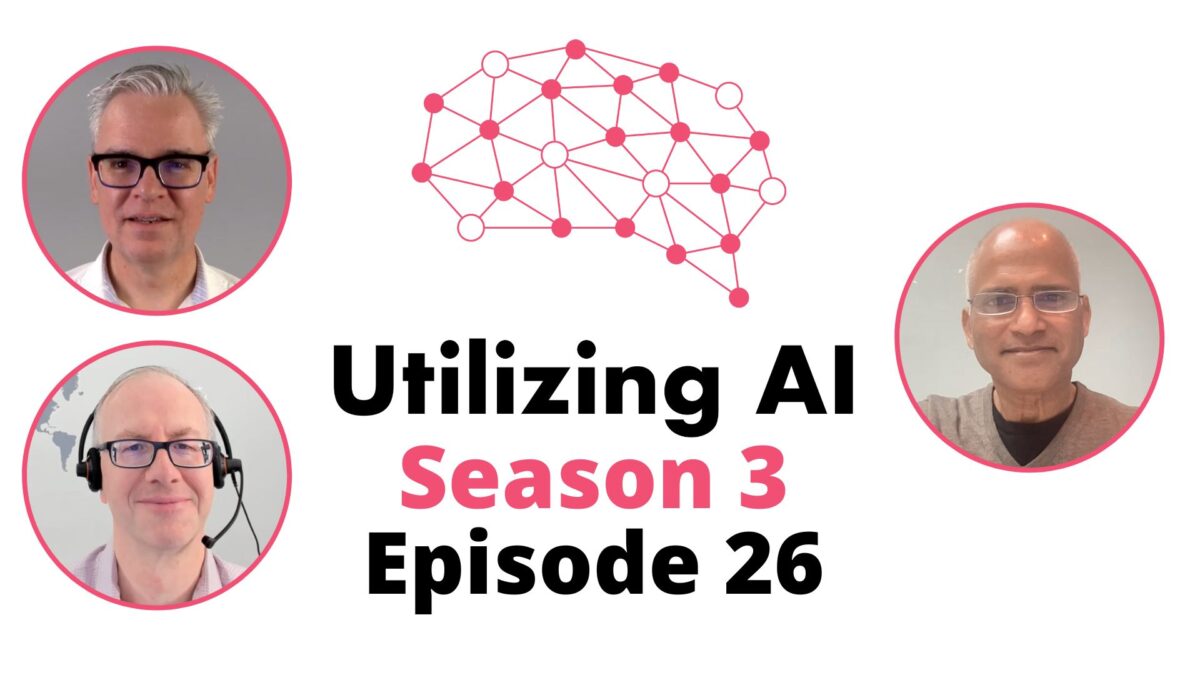The quality of an AI application depends on the quality of the data that feeds it. Sunil Samel joins Frederic Van Haren and Stephen Foskett to discuss DataOps and the importance of data quality. When we consider data-centric AI, we must consider all aspects of the data pipeline, from storing, transporting, and understanding to controlling access and cost. We must look at the data needed to train our models, think about the desired outcomes, and consider the sources and pipeline needed to get that result. We must also decide how to define quality: Do we need a variety of data sources? Should we reject some data? How does the modality of the data type change this definition? Is there bias in what is included and excluded? Data pipelines are usually simple, ingesting and storing data from the source, slicing and preparing it, and presenting it for processing. But DataOps recognizes that the data pipeline can get very complicated and requires understanding of all these steps as well as adaptation from development to production.
Three Questions
Frederic: Do you think we should expect another AI winter?
Stephen: When will we see a full self-driving car that can drive anywhere, any time?
Mike O’Malley, Seneca Global: Can you give an example where an AI algorithm went terribly wrong and gave a result that clearly wasn’t correct?
Gests and Hosts
Sunil Samel, VP of Products at Akridata. Connect with Sunil on LinkedIn or email him at [email protected].
Frederic Van Haren is the CTO and Founder at HighFens Inc., Consultancy & Services. Connect with Frederic on LinkedIn or on X/Twitter and check out the HighFens website.
Stephen Foskett is the Organizer of the Tech Field Day Event Series and President of the Tech Field Day business unit, part of The Futurum Group. Connect with Stephen on LinkedIn and follow him on X/Twitter, on Mastodon, or on Bluesky. Learn more about Tech Field Day and information on upcoming events on their website.

